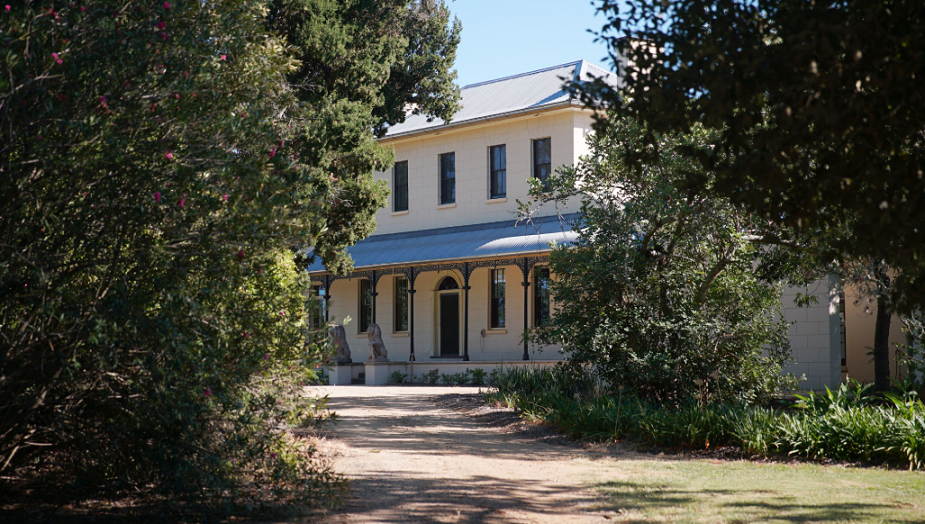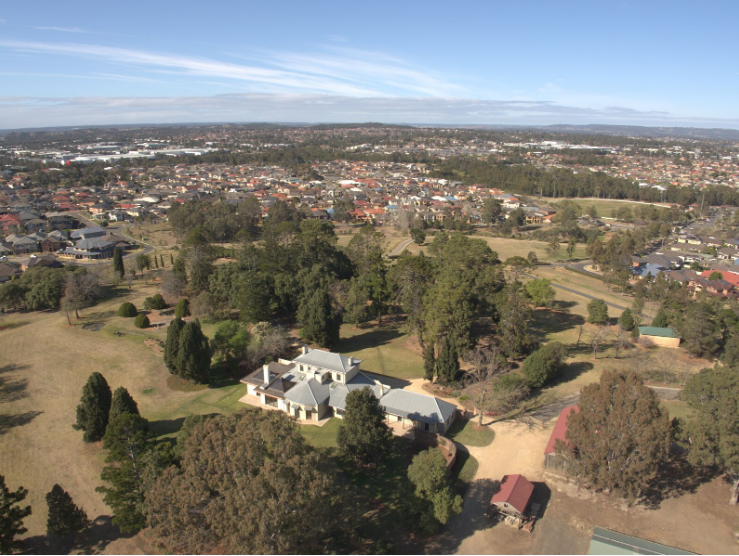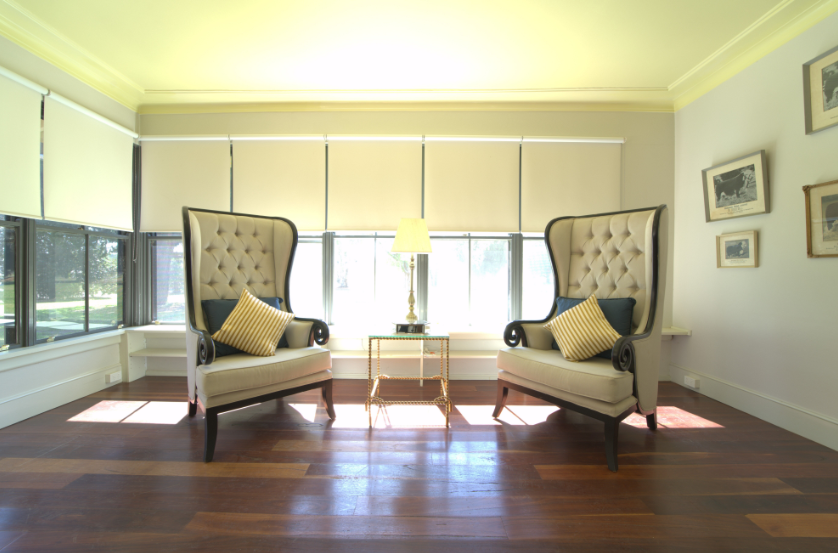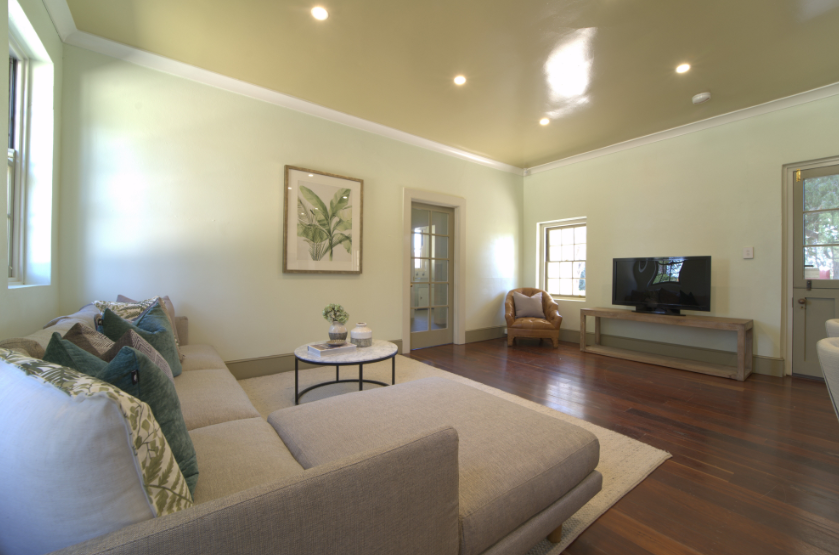
For the first time in 75 years, historic Harrington Park Homestead is being listed for sale via expressions of interest.
The Georgian homestead was the country retreat of Sir Warwick Fairfax and Lady (Mary) Fairfax for many years and has been lovingly restored.
The centrepiece of the 19.9-acre (8-hectare) property is Harrington Park Homestead, which was originally built in 1817 by Scottish Sea Captain William Campbell.
Campbell built the first part of the homestead which has been added to over the years.
The house has been owned by five different families during its 200-year history and each of these families has put their own stamp on it.
The unique property is being offered for sale through Harrington Estates, the developer of Harrington Park, Harrington Grove, and Catherine Park Estate.

Harrington Estates managing director Terry Goldacre emphasised that this is an opportunity to be part of the history of this state.
“Harrington Park Homestead and its estate have been deemed as having NSW State significance by the NSW Government,’’ he said.
“On the Heritage Register, it is described as being ‘of NSW State significance as one of the earliest ‘Cow Pasture’ homesteads on the Cumberland Plain’.
“When the three-year restoration of Harrington Park Homestead began in 2010, it was done with the view that the property would eventually be sold.
“The renovation was led by Harrington Estates, who commissioned heritage architect Lester Tropman. The home was restored to respect its history but to also bring it to a level where it can be lived in,” Mr Goldacre said.
The homestead is a three-storey, five-bedroom, four-bathroom family home, but in keeping with a historic house of its stature, it also includes an external billiard room, traveller’s rooms, extensive cellars, two caretaker cottages, sheds and an external office/yurt built by Sir Warwick.

The layout and different architectural styles reflect the different eras that the house has seen over its existence.
The homestead is surrounded by sprawling gardens and bunya pines that have also been revamped during the restoration to ensure the views of the Razorback Range are highlighted.
The west elevation includes a unique bull sculpture by well-known Sydney artist Tom Bass, who dominated the Australian public sculpture scene throughout the 1950s and ‘60s and was a friend of Sir Warwick.
“Harrington Park Homestead has a really interesting history spanning 200 years but it’s probably the most recent owners that intrigue people the most,’’ Mr Goldacre said.
“Sir Warwick Fairfax, the great-grandson of Australian newspaper and publishing pioneer John Fairfax, purchased this grand estate in 1944. Sir Warwick ran the homestead as a cattle station for his prize Poll Hereford Stud, while Lady (Mary) Fairfax managed a commercial cut flower business from the property.
“The home was also their weekend retreat.
“The Fairfaxes made quite a few changes to the homestead, including the addition of two pavilion-style rooms with glass pyramid ceilings that can be opened, built in 1967.
“These rooms served as Sir Warwick and Lady Fairfax’s (Mary) private lounge and bedroom with his and her ensuite bathrooms.’’

In the mid-1970s Sir Warwick and Lady (Mary) Fairfax began to consider developing the extensive land that surrounded the homestead into an urban estate. Together, they decided that it needed to be master-planned, of the highest quality and affordable to residents of the area.
Lady (Mary) Fairfax was particularly fond of a “pretty’’ estate in a bush setting.
Sir Warwick officially began the application process in 1981, but passed away in 1987, his vision still unrealised.
Lady Fairfax remained active in planning and building the communities of Harrington Park and Harrington Grove, always sharing and contributing her opinions and even judging the annual Sir Warwick Fairfax garden competition.
Lady (Mary) Fairfax died in 2017.
Harrington Estates is inviting expressions of interest for the sale of Harrington Park Homestead. Visit www.harringtonparkhouse.com.au for more information.
